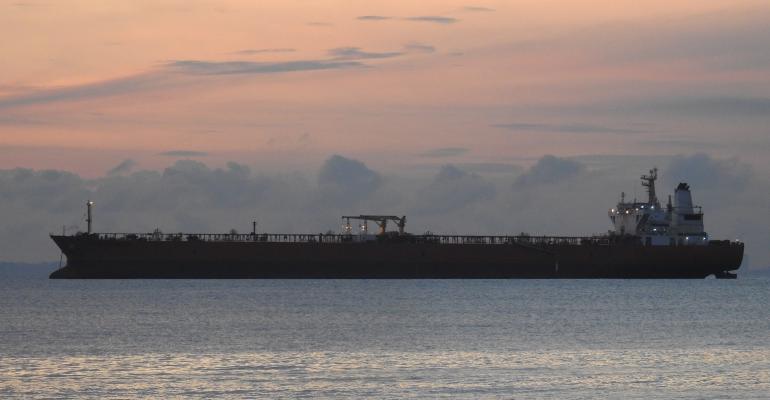The rates, applicable to slow-steaming, non-scrubber, non-eco units, were the lowest of any tanker sector, earning even less than handy and MRs deployed on benchmark round voyage trades, the broker said.
In its latest weekly report, Gibson noted that according to Kpler, a commodity analyst, total first-half Middle East crude exports, which underpin the world’s VLCC trades, fell to 15.25m barrels per day (bpd), more than 12%, compared with the first half of 2020. The decline was evening greater compared with first-half 2019.
This reduced demand has coincided with significant new supply, Gibson noted, with 37 VLCCs delivered since July 2020, and only six sold for recycling.
The broker noted, however, that a few floating storage units have been reported sold for scrap recently as demand in that sector of the market has fallen sharply. Compared with peak numbers in June 2020, when Gibson estimates that 77 VLCCs were deployed on storage contracts, the firm’s latest estimate shows just 25 vessels in non-Iranian storage.
The broker said that one likely factor explaining why non-scrubber, non-eco VLCCs have lagged behind other tanker sizes is the relatively high take-up of scrubber technology, now accounting for 39% of the existing fleet with another 5% waiting for retrofits, and 34% of the orderbook. Scrubber technology has not penetrated other tanker sizes to the same extent, the firm noted. So, scrubber-fitted VLCCs deployed on long-haul routes out of the Middle East benefit most from higher fuel prices because the price differential between heavy fuel oil and VLSFO has widened significantly.
Gibson’s conclusion that there are plenty of tankers around that can achieve higher returns therefore begs questions over the future of non-scrubber, non-eco VLCCs.
Copyright © 2024. All rights reserved. Seatrade, a trading name of Informa Markets (UK) Limited.
Add Seatrade Maritime News to your Google News feed.  |

